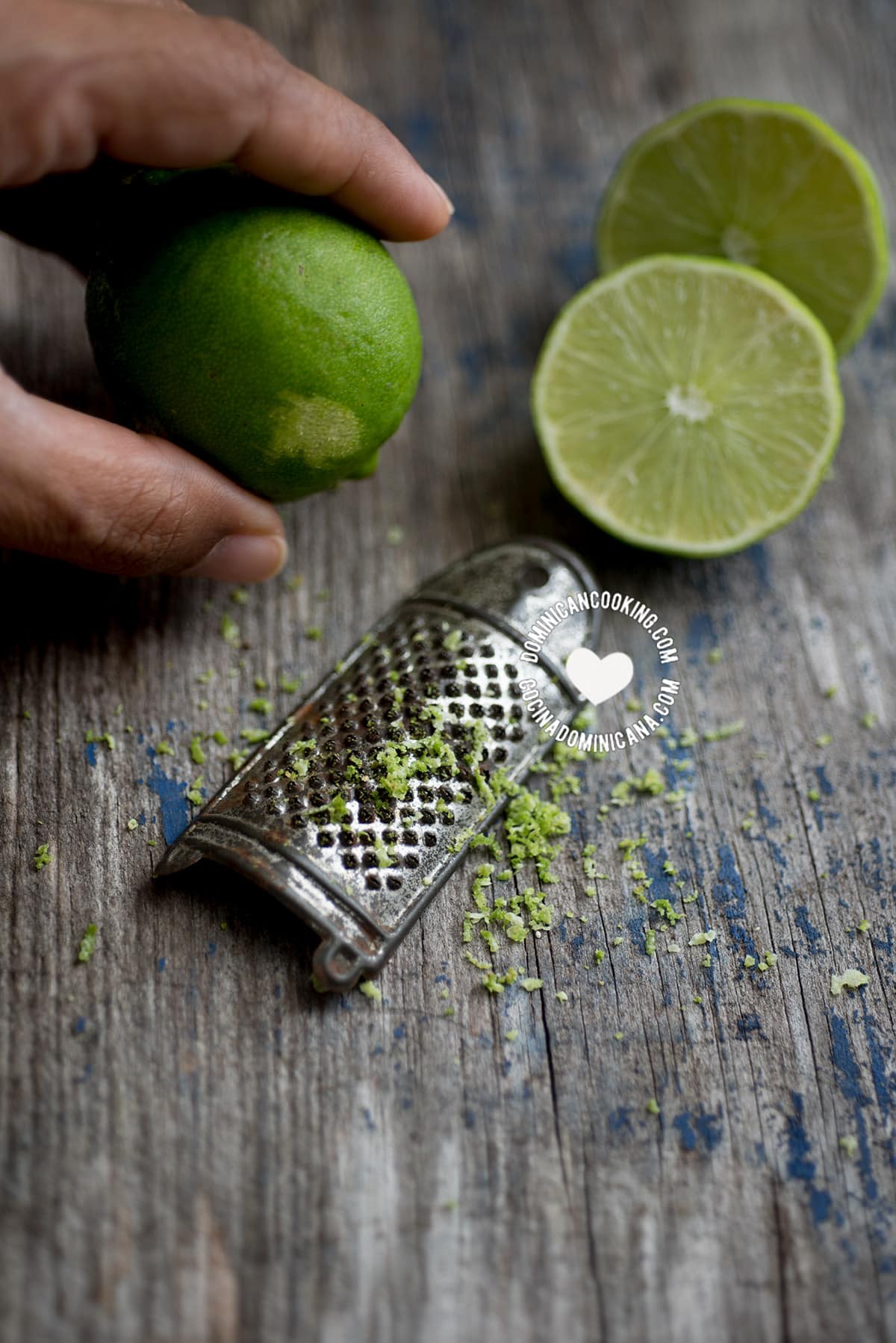Lime and Lemon (Lima and Limón) in Latin America: A pair of words with a particularly complicated relationship.

English speakers learning Spanish should become familiar with some of the common vocabulary pitfalls, embarazada and embarrassed being one of the most notorious. These are called false friends - the linguistic - not the human variety. Also known as false cognates, they are words that sound similar in both languages but do not have the same meaning.
When it comes to food a few more come to mind: Tuna is a prickly pear in Spanish, while tuna fish is atún - although some now call it tuna in Spanish too. Cola is a tail, not a carbonated drink. An abogado is a lawyer, not an avocado. Meringue is suspiro, not merengue, the Dominican national dance. A pair of false friends with a particularly complicated relationship is lemon and lime in Spanish.
Lemon and lime in Spanish
You’d think that in Spanish lemon would be called limón and lime would be lima. But it’s not that simple. The best translation for lime in Spanish would be limón verde (green lemon). For lemon, our preferred translation is limón amarillo (yellow lemon). Let us explain why.
The complexity of it
In an attempt to make sense of this, I discovered that in countries where limes are more common – like much of Latin America - they are called limones, while lemons are sometimes known as limas. This is the case in Mexico at least. In other places, like the Dominican Republic, limón is used for both lemon and lime.
The common lime eaten in the DR is of the Persian lime variety. The scientific name is Citrus × latifolia. As lemons (Citrus × limon) are less common, they are called by the more descriptive name of limón amarillo.
In Spain, where lemons are much more common than limes, lemons are limones and limes are limas, and this is confirmed by the Real Academia definitions that describe limones as yellow and limas as green.
The origin of the word "lemon" is thought to be Middle Eastern, from the Arabic laymun and from the Persian limun, the generic term for citrus fruit. The actual fruit originated in Asia and it is said that Columbus himself brought the first seeds to Hispaniola in 1493.
Lemons are a subtropical/tropical crop, but they rarely appear in markets and supermarkets in the Dominican Republic. It would be interesting to find out whether this is because they can’t grow here. Perhaps it’s just that no one is cultivating them commercially. Although lemons do have a slightly different, softer flavor that goes better with certain things, on the whole, I prefer limes.
In Dominican cooking, limes are used in juices like jugo de avena and morir soñando, and in marinades for chicken and fish.







